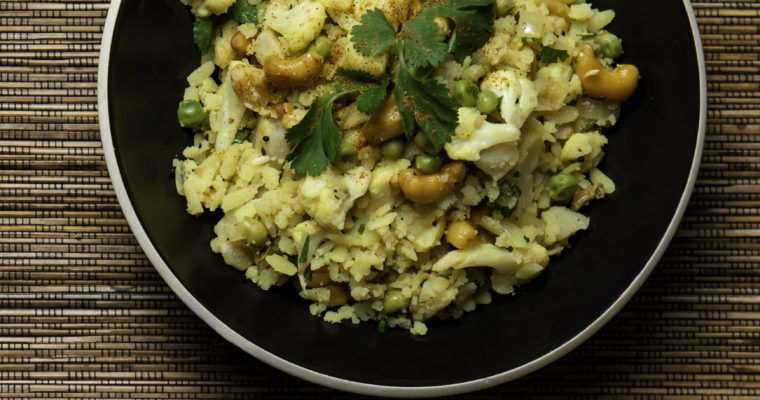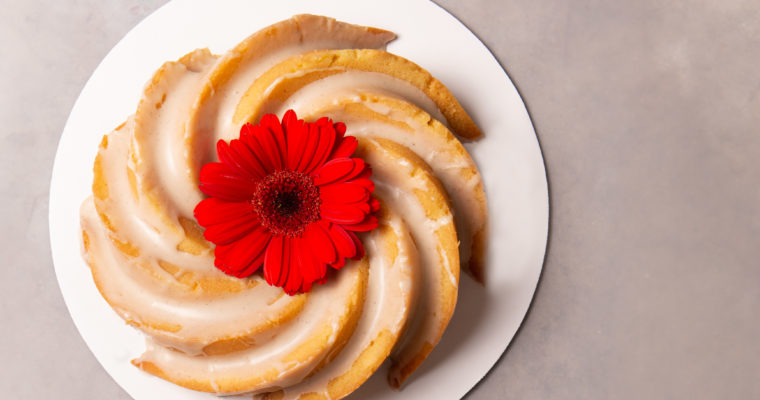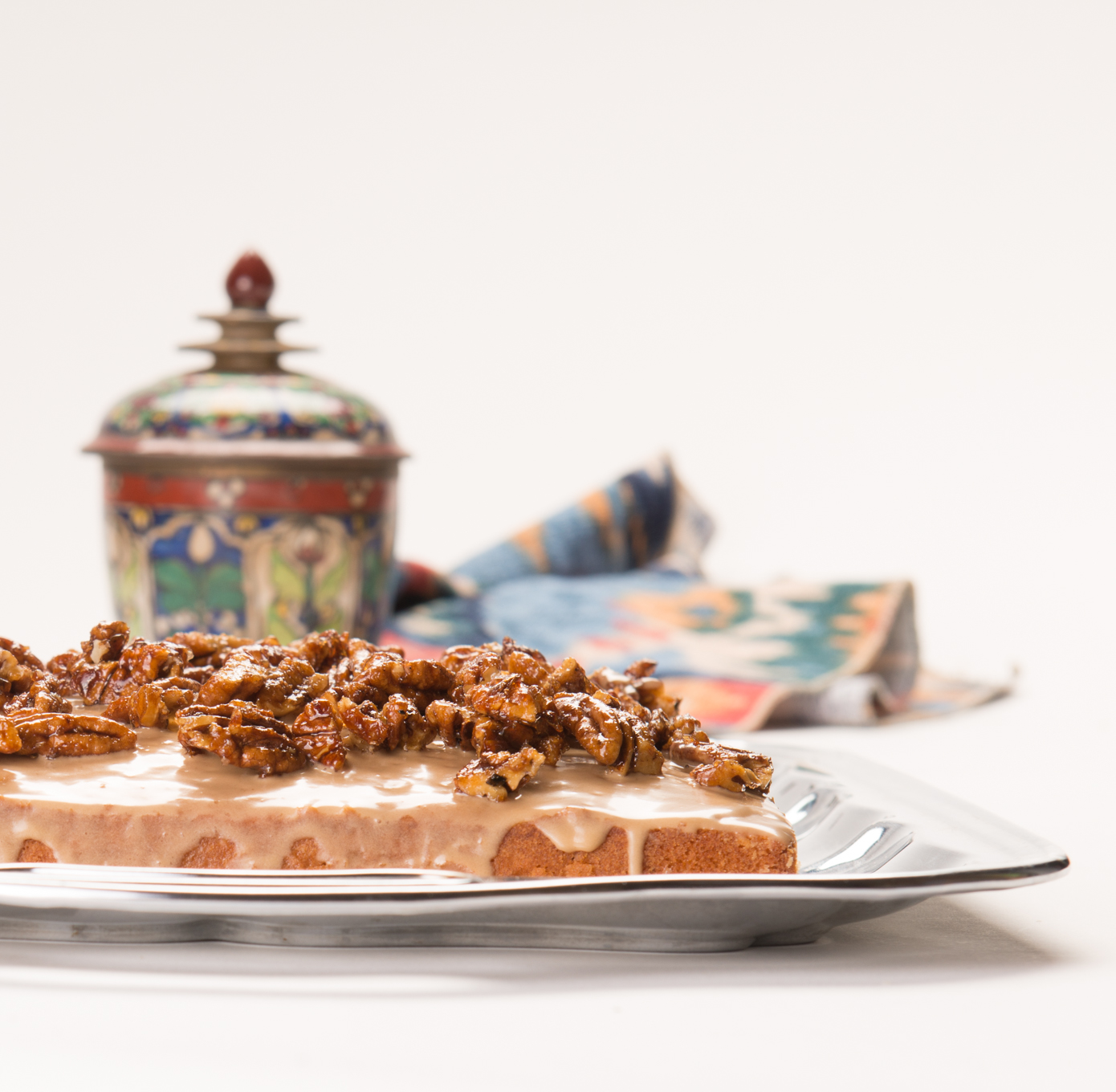Pass the poha…
On a long-ago idyll in India, I discovered unimagined rice delights. There were soft puffy rice cakes called idli commonly eaten in the morning. Pilaf-like biryanis. Sweet pongals. Here is a take on a rice dish you probably have never imagined, a poha.…



 Save Recipe
Save Recipe






